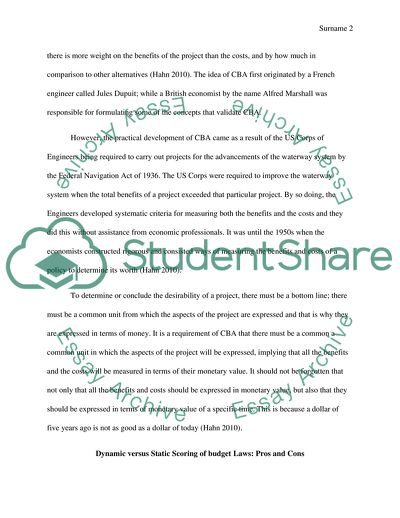Cite this document
(Cost-Benefit Analysis Essay Example | Topics and Well Written Essays - 2500 words, n.d.)
Cost-Benefit Analysis Essay Example | Topics and Well Written Essays - 2500 words. https://studentshare.org/finance-accounting/1869109-cost-benefit-analysis
Cost-Benefit Analysis Essay Example | Topics and Well Written Essays - 2500 words. https://studentshare.org/finance-accounting/1869109-cost-benefit-analysis
(Cost-Benefit Analysis Essay Example | Topics and Well Written Essays - 2500 Words)
Cost-Benefit Analysis Essay Example | Topics and Well Written Essays - 2500 Words. https://studentshare.org/finance-accounting/1869109-cost-benefit-analysis.
Cost-Benefit Analysis Essay Example | Topics and Well Written Essays - 2500 Words. https://studentshare.org/finance-accounting/1869109-cost-benefit-analysis.
“Cost-Benefit Analysis Essay Example | Topics and Well Written Essays - 2500 Words”. https://studentshare.org/finance-accounting/1869109-cost-benefit-analysis.


